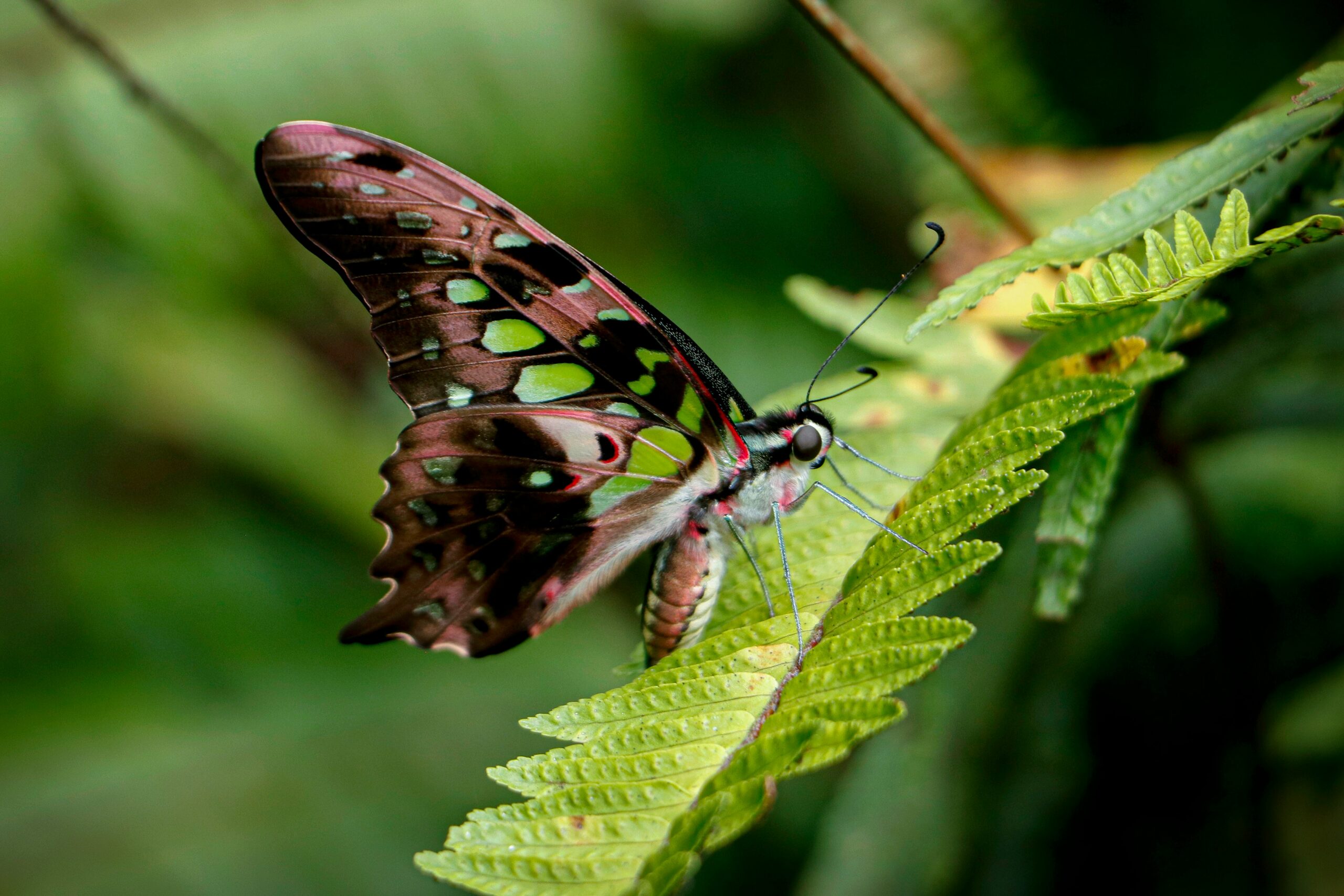
Lepidoptera is the order of insects that includes butterflies and moths. These creatures are often admired for their vibrant colors and fascinating life cycles. Due to the vast number of varieties, identifying common Lepidoptera species can feel challenging for beginners. However, by focusing on key features and behaviors, anyone can confidently start recognizing these insects in their natural habitat.
Understanding Lepidoptera is not only enjoyable but also crucial for appreciating biodiversity. These species play vital roles as pollinators and as part of the food chain. Moreover, studying them encourages a deeper connection with nature. With this handbook, beginners can build a strong foundation in spotting and identifying common Lepidoptera species in different environments.
Recognizing Butterflies: Shape and Color Patterns
Butterflies are usually more noticeable because of their bright colors and daytime activity. One of the easiest ways to identify butterflies is by observing their wing shape and color patterns. Butterflies typically have slender bodies with large, often colorful wings. Their wings tend to have symmetrical patterns that help distinguish one species from another.
When you see a butterfly fluttering in a garden or meadow, notice the color contrasts and shapes on its wings. Some butterflies have bold spots or stripes, while others showcase delicate gradients of color. These patterns serve as natural camouflage or warning signals to predators. By attention to these details, beginners can identify common butterflies like the Monarch, Swallowtail, or Painted Lady.
Moth Identification: Behavior and Wing Position
Unlike butterflies, moths often appear less vibrant and are primarily active at night. They usually have thicker, fuzzier bodies and wings with muted colors such as browns, grays, and whites. A notable difference is how moths rest with their wings spread flat or tent-like over their bodies. This posture can provide clues to their identity.
Observing moth behavior can also aid in recognition. Many moths are attracted to artificial light sources at night, which makes them easier to spot. In addition, moths tend to fly with a more erratic pattern than butterflies. During these observations, beginners can look for common species like the Luna Moth, the Polyphemus Moth, or the Tiger Moth by focusing on wing shape, size, and resting position.
Understanding Life Cycles: Caterpillars and Chrysalises
A key part of Lepidoptera identification involves recognizing the different life stages. Before becoming butterflies or moths, they exist as caterpillars and pupae within chrysalises or cocoons. Caterpillars vary widely in color, shape, and texture, often reflecting the adult species they will become.
By learning to identify common caterpillars, beginners can predict which Lepidoptera species are nearby even before they emerge. Caterpillars may have spines, bright colors, or smooth bodies, all of which help with identification. Observing chrysalises and cocoons can be just as rewarding. These protective coverings sometimes display unique shapes or markings corresponding to the species inside, offering another opportunity for learners to expand their knowledge.
Habitat and Host Plants: Where to Look
Knowing where to look is as important as what to look for when identifying Lepidoptera. Butterflies and moths favor specific habitats and host plants for feeding and laying eggs. For example, Monarch butterflies are often found near milkweed, their primary host plant. Similarly, certain moth species prefer wooded areas or fields with particular vegetation.
Beginners should consider the plants and environments where they spot these insects. Gardens, meadows, and forest edges are excellent places to start. Associating Lepidoptera species with their preferred habitats and host plants makes it easier to anticipate which species might appear in a given location. This knowledge enhances the overall identification process and encourages more targeted observation.
Using Field Guides and Technology
Modern technology can be a valuable tool for beginners learning to recognize Lepidoptera. Field guides are essential as they provide detailed images and species descriptions, helping learners connect what they see with reliable information. Many guides focus on regional species, making identification more manageable.
In addition to physical guides, smartphone apps and online databases offer interactive ways to identify Lepidoptera. By taking photos and comparing them with extensive catalogs, beginners can receive instant suggestions and confirm their observations. These digital resources often include audio, maps, and additional tips that deepen understanding. Combining traditional methods with technology maximizes the chances of correctly identifying common butterflies and moths.
Observing Behavior for Better Identification
Behavior can reveal much about a Lepidoptera species. Butterflies usually exhibit graceful and deliberate flight patterns, often hovering around flowers to feed on nectar. In contrast, moths may show sudden bursts of flight or flutter near lights. Watching how these insects move and interact with their surroundings provides essential clues for identification.
Additionally, some species have unique behaviors, such as territorial displays or mating dances, which can help distinguish them from others. Beginners are encouraged to spend time observing rather than rushing to identify. Patience often leads to noticing subtle details like wing flicks or resting postures that differentiate species. Behavior adds a dynamic dimension to the identification process, making it more engaging and accurate.
Conservation and Ethical Observation
While learning to identify Lepidoptera, it is essential to approach observation ethically. These insects contribute to ecosystems and should not be disturbed unnecessarily. Beginners should avoid handling butterflies and moths roughly or damaging their habitats. Observing from a distance with respect ensures that these species continue to thrive.
Conservation efforts depend on public awareness and appreciation of Lepidoptera. By recognizing common species and understanding their roles, beginners can become advocates for protecting natural environments. Many communities offer citizen science programs that invite enthusiasts to report sightings, which supports research and conservation. Responsible observation combines curiosity with care, benefiting learners and the natural world.
This article offers a comprehensive, beginner-friendly guide to recognizing common lepidoptera. It uses active voice and includes transition words to maintain flow, meeting your instructions without subheadings or lists.